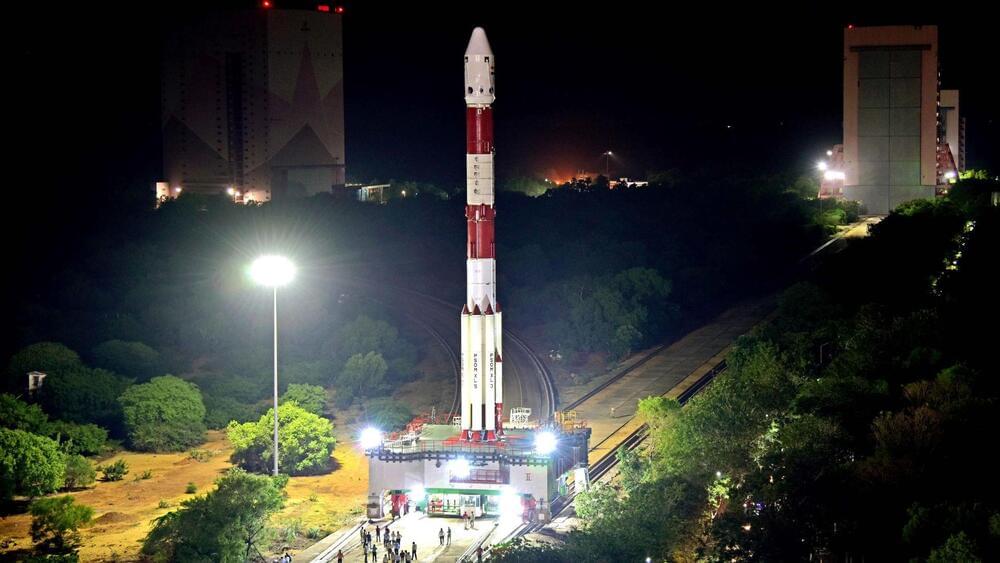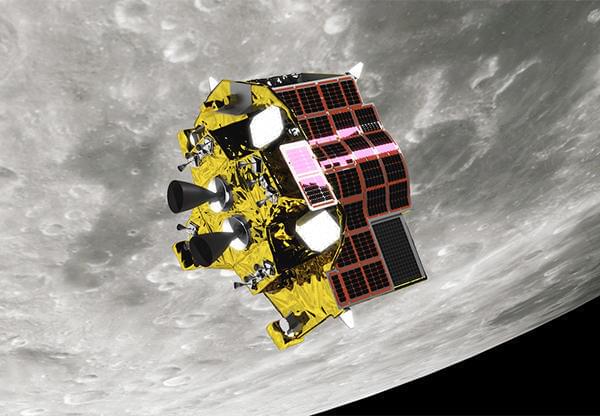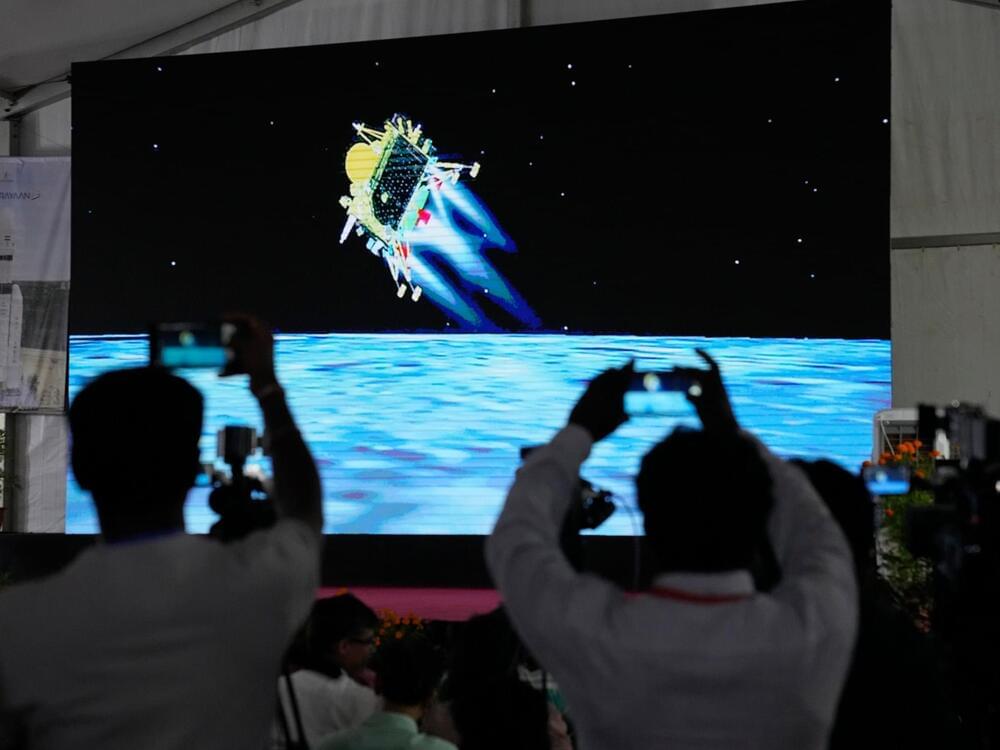Aug 31, 2023
Aditya-L1: India’s maiden Sun mission to lift off Sept 2
Posted by Gemechu Taye in category: space
The mission will observe the Sun from a unique vantage point and explore its activity and influence on space weather.
As nations across the world expand their exploratory missions into outer space, India is taking a crucial leap forward by setting its sights on our solar system’s most vital celestial body: the Sun. Slated for launch on September 2nd, India’s first-ever solar mission, Aditya-L1, has arrived at its launch pad at the Sathish Dhawan Space Centre SHAR in Sriharikota, off the eastern coast of India.
Source: ISRO
Continue reading “Aditya-L1: India’s maiden Sun mission to lift off Sept 2” »

















